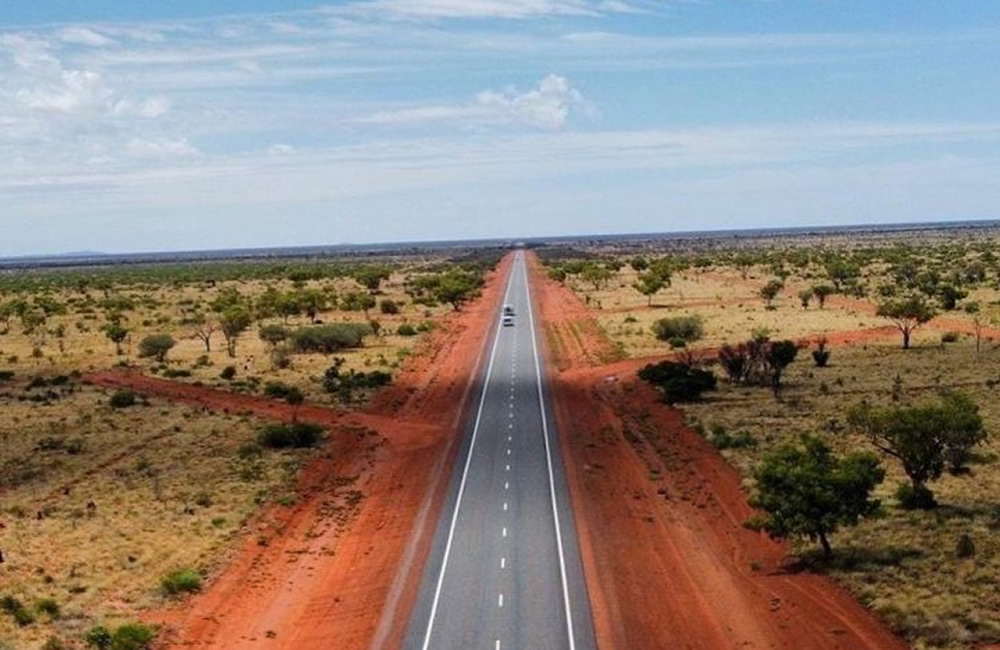Travel Planner
Articles
Rwanda or Uganda: Best Gorilla Trekking Destination Mystifies Travelers
Gorilla Trekking is a surreal and unlike any other experience in Africa. Sharing time with the world’s remaining mountain gorillas in the wilds of Africa’s rain forests is utterly magical and this makes to everyone’s bucket list planning to visit Africa at one time.
Sitting...
11
min.

The Ultimate Guide to Driving in East African Parks
Off-road driving in East African national parks is governed by strict regulations to protect the environment and wildlife. These protected areas, home to diverse...
7
minutes

Uganda Self-Drive Safari (The Perfect 2 Week Itinerary)
Embarking on a self-drive safari in Uganda represents the pinnacle of adventure for those desiring autonomy, adaptability, and a profound engagement with the natural...
6
minutes
The Must-Visit Parks for a First-Time Safari in Tanzania
Tanzania is a land of breathtaking landscapes and rich wildlife, making it a top destination for first-time safari-goers seeking an unforgettable adventure. The country’s...
7
minutes
